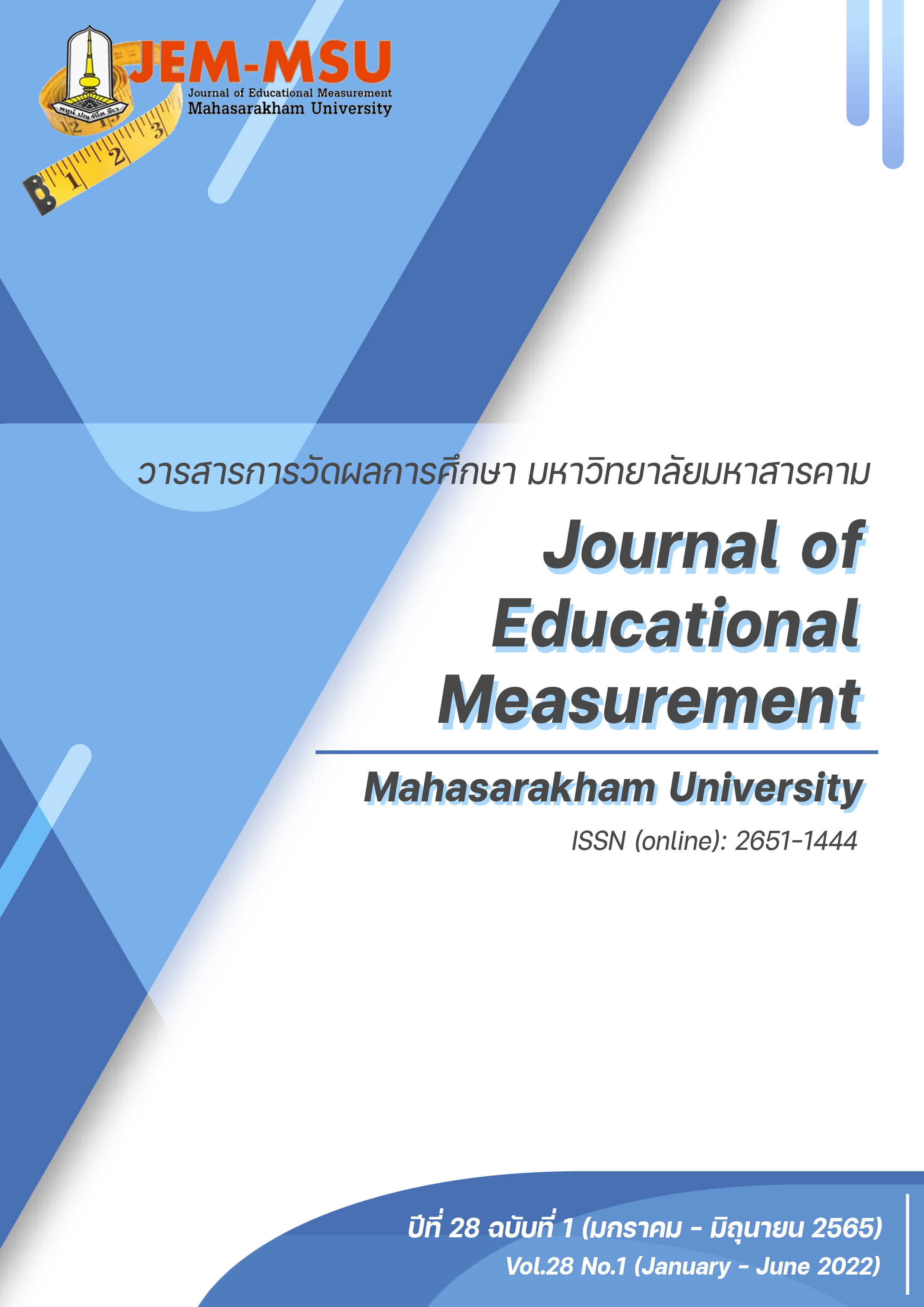Project Performance Evaluation of Short-Term Chinese Language Learning in the Republic of China, Bachelor of Education Program in Chinese, Faculty of Education, Valaya Alongkorn Rajabhat University under the Royal Patronage
Main Article Content
Abstract
The objectives of this research were 1) to evaluate the primary factors of the short-term Chinese language learning project in the Republic of China, 2) to evaluate the operation of short-term Chinese language learning project in the Republic of China, and 3) to evaluate the project performance outcomes of the short-term Chinese language learning project in the Republic of China. The sample consisted of 68 individuals, obtained through purposive sampling and quota sampling. The sample was divided into 2 groups. Group 1 comprised 1) executives, 2) lecturers in charge of the project, and 3) 3rd year students of the academic year 2016–2018 as project participants, obtained through purposive sampling. Group 2 comprised the parents of the 3rd year students of the academic year 2016–2018, obtained through quota sampling. The instrument for data collection was a project evaluation form, according to Stake’s model. It consisted of three aspects: antecedents, transactions, and outcomes.
The research results revealed the project performance evaluation of short-term Chinese language learning in the Republic of China according to the Stake’s evaluation model as follows: 1) Regarding the antecedents, on the whole, they were in the highest level, having the mean of 4.31, or 86.20 percent, and it was considered as passing the 80 percent evaluation criterion; 2) Regarding transactions, on the whole, they were in the highest level, having the mean of 4.55, or 91.00 percent, and it was considered as passing the 80 percent evaluation criterion; and 3) Regarding the outcomes, on the whole, they were in the highest level, having the mean of 4.64, or 92.80 percent, and it was considered as passing the 80 percent evaluation criterion; Furthermore, the evaluation result of the congruency between the intended and the observed states revealed that they were congruent, and it was considered as passing the 80 percent evaluation criterion in all 3 aspects of antecedents, transactions, and outcomes. This indicated that the project performance had the desired quality and achieved the goals.
Article Details

This work is licensed under a Creative Commons Attribution-NonCommercial-NoDerivatives 4.0 International License.
The content and information contained in the published article in the Journal of Educational Measurement Mahasarakham University represent the opinions and responsibilities of the authors directly. The editorial board of the journal is not necessarily in agreement with or responsible for any of the content.
The articles, data, content, images, etc. that have been published in the Journal of Educational Measurement Mahasarakham University are copyrighted by the journal. If any individual or organization wishes to reproduce or perform any actions involving the entirety or any part of the content, they must obtain written permission from the Journal of Educational Measurement Mahasarakham University.
References
Bureau of Academic Service, The Secretariat of the House of Representatives. (2017). China and 21st century superpower. https://library2.parliament.go.th/eajournal/ content_af/2560/apr2560-2.pdf. (in Thai)
Faculty of Education, Bachelor of Education Program in Chinese. (2014). Bachelor of Education Program in Chinese (5 Year) New Curriculum 2014. Valaya Alongkorn Rajabhat University under the Royal Patronage. (in Thai)
Jeangjai, S. (2009). Research Report on Factors Affecting Learning Chinese of International Business: China and Chinese Studies Students at the Faculty of International Studies, PSU, Phuket. https://www.fis.psu.ac.th/en/jis_file/res_project/2010_supachai.pdf. (in Thai)
Kemalangkoon, S & Kulsiri, P. (2013). The study of behavior toward participation AYC intercultural programs Thailand. Srinakharinwirot Business Journal (SBJ), 4(2), 103-119. (in Thai)
Ketusingha, W. (1995). Action research. Thai Watana Panich Co., Ltd. (in Thai)
Mejiang, S. (2015). Education project evaluation: Theory and Practice. Chulalongkorn University Press. (in Thai)
Ritcharoon, P. (2014). Project evaluation technique. House of Kermyst Co., Ltd. (in Thai)
Songkroekul, S. (2015). Decision factor of youth journey to overseas. [Master’s thesis]. Thammasat University Library. http://ethesisarchive.library.tu.ac.th/thesis/2015/TU_2015_5707011432_4561_3399.pdf (in Thai)
Sutthirat, C. (2016). 80 Innovative learning for Learner-centered. P Balans Design and Printing Co., Ltd. (in Thai)


